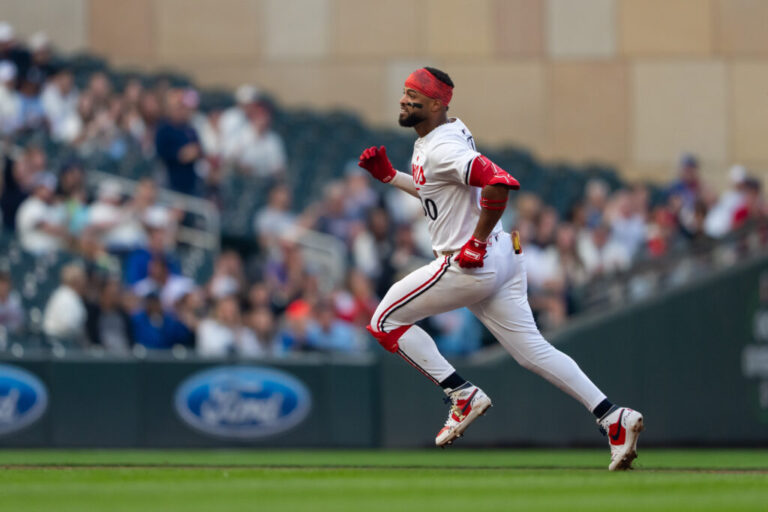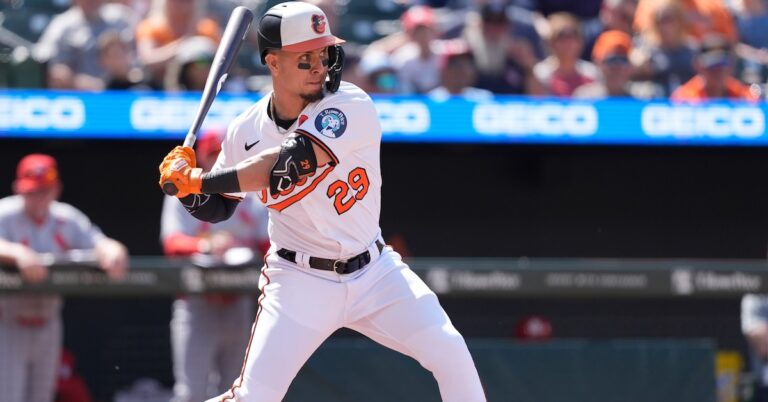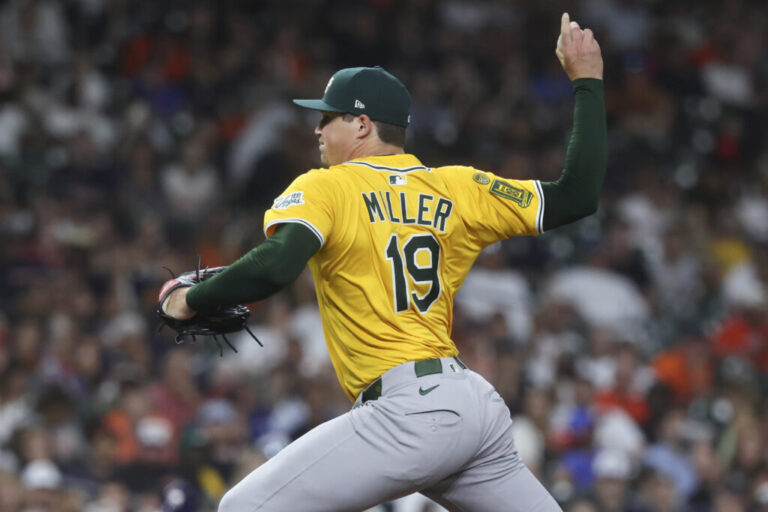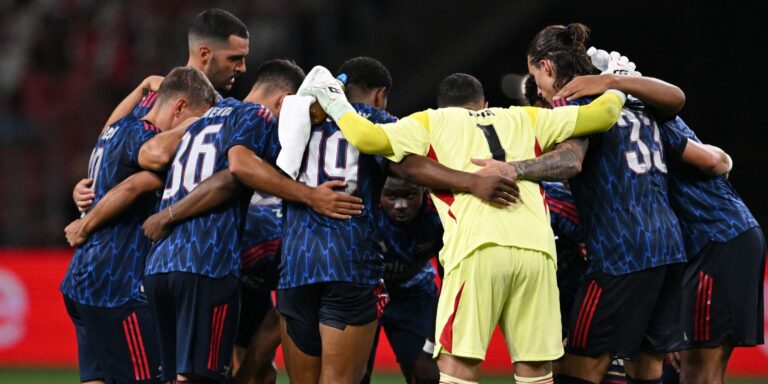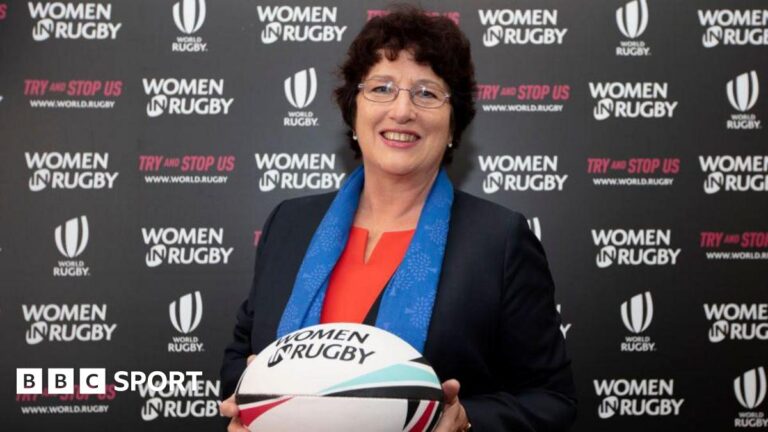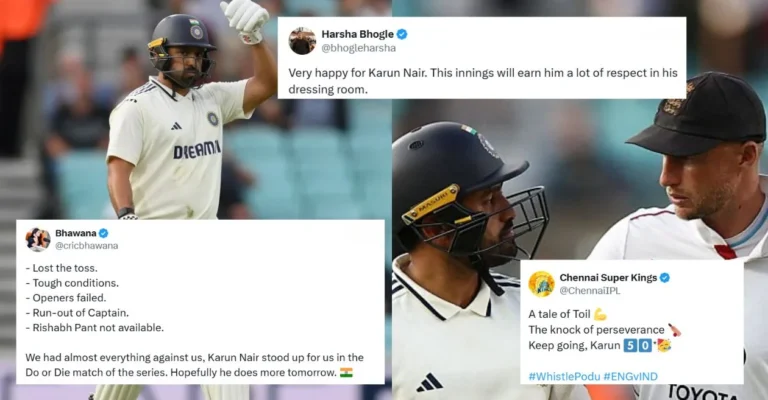

The subject of today’s newsletter is the 1969 Baltimore Orioles, who are No. 22 in the Best 50, my list of the greatest ballclubs in history. The rankings come from my new book, Baseball’s Best (and Worst) Teams.
Here’s a quick boilerplate explanation that I’m appending to every story in this series:
I compiled the Best 50 by analyzing 2,544 major-league teams from 1903 to 2024. Those clubs have been ranked by their team scores (TS), which are plotted on a 100-point scale. (A given club’s all-time percentile is the percentage of the other 2,543 teams that it outperformed.)
See my book for an explanation of my TS calculations. The book also offers separate breakdowns of the best and worst clubs for every decade and franchise, comprehensive profiles of the Best 50 (including position-by-position lineups and much more information than you’ll find in this newsletter), and similar summaries of the 10 worst teams of all time.
Now on to today’s profile.
-
Team: 1969 Baltimore Orioles
-
Team score: 87.705 points
-
All-time rank: 22 of 2,544
-
All-time percentile: 99.17%
-
Season record: 109-53 (.673)
-
Season position: First place in American League East
-
Final status: League champion
Baseball doubled its pennant-race pleasure in 1969, splitting each league into six-team divisions. The new postseason field encompassed all four divisional winners, an increase from the pair of first-place clubs that the old system had funneled directly to the World Series.
These changes didn’t seem to benefit Baltimore, which was assigned to the American League East along with the defending world champions. “The Tigers can’t be matched on the mound,” said the Sporting News, which predicted that Detroit would win the division easily. It picked the Orioles to finish second.
But Baltimore’s pitching proved to be far superior to Detroit’s — and everybody else’s across the league. The Orioles’ staff posted an earned run average of 2.83, 40 points lower than the next-best ERA for any team. Mike Cuellar, acquired in an offseason trade with Houston, piled up 23 victories for Baltimore, clinching the Cy Young Award.
The Orioles won 55 of their first 76 games, blitzing to an 11-game divisional lead by the end of June. Their final margin was 19 games.
Get the complete lowdown on the 50 greatest (and 10 weakest) clubs of all time
The new two-tiered playoff system didn’t faze the Orioles, not at first. They rolled through the best-of-five American League Championship Series, sweeping the Twins by a composite score of 16-5.
That set the stage for a World Series against New York’s “Miracle Mets,” whose National League title had stunned the baseball world. Baltimore clearly had the better team — all-time rankings: ’69 Orioles 22nd, ’69 Mets 228th — and Mike Cuellar followed the script by outdueling New York’s Tom Seaver in Game One, 4-1.
Then the unthinkable happened. The Mets took the next four games, holding the Orioles to a total of five runs. “I can tell you this,” Baltimore manager Earl Weaver said unhappily, “no other pitching staff contained us so well this season.”
A new installment will arrive in your email each Tuesday and Friday morning
The pitching staff powered the Orioles’ 1969 pennant drive. Mike Cuellar and Dave McNally notched 23 and 20 victories, respectively. Jim Palmer posted a 2.34 earned run average — second-best in the American League — and Cuellar finished right behind him at 2.38. All five members of Baltimore’s starting rotation did better than the leaguewide ERA of 3.62.
Cuellar’s emergence as the Cy Young Award winner was totally unexpected. He had gone only 8-11 for the Astros in 1968, yet his screwball baffled AL hitters in 1969. McNally was an eight-year Baltimore veteran who worked quickly and kept hitters off balance. “He didn’t have overpowering anything,” said Orioles first baseman Boog Powell, “but he was a magician with the stuff he had.” Palmer bounced back from arm soreness, which had limited him to 49 innings of work for Baltimore over the previous two seasons.
Powell reigned as the club’s offensive star, topping the Orioles with 37 homers and 121 runs batted in. Right fielder Frank Robinson, the Triple Crown winner in 1966, remained a potent force at age 33, driving home precisely 100 runs and leading the team with a .308 batting average. Left fielder Don Buford showed a discerning eye at the plate, stacking 96 walks against only 62 strikeouts. His .397 on-base percentage ranked second-best on the club — surpassed only by Frank Robinson’s .415 — and eighth-best in the league.
Defense was one of Baltimore’s greatest strengths. The team committed only 101 errors, 21 fewer than any other AL club. Four Orioles won Gold Gloves for fielding excellence. Brooks Robinson’s award at third base was his 10th straight.
